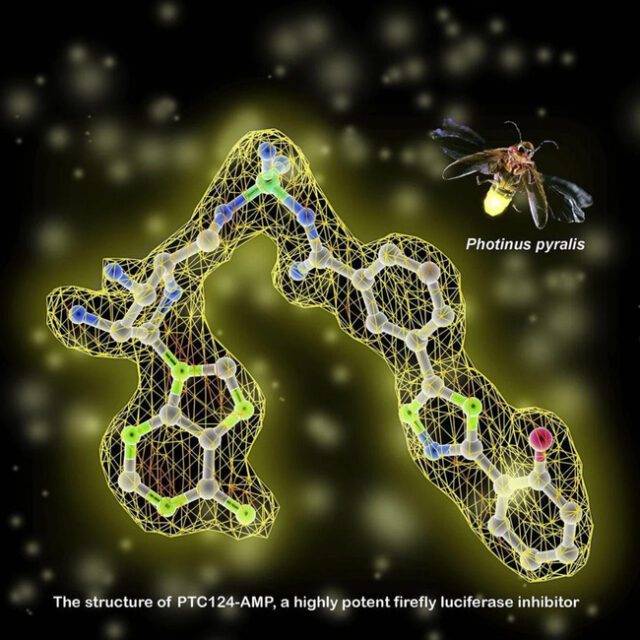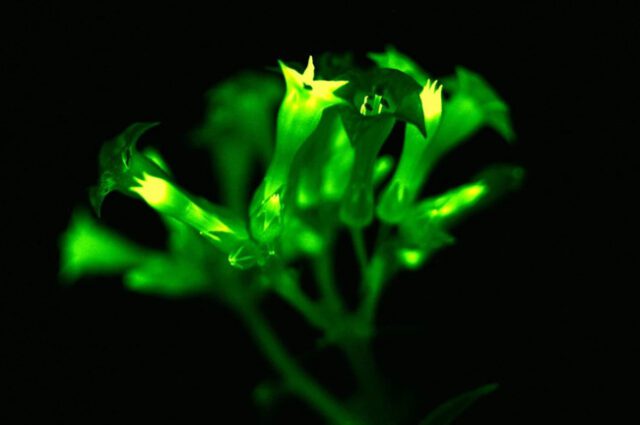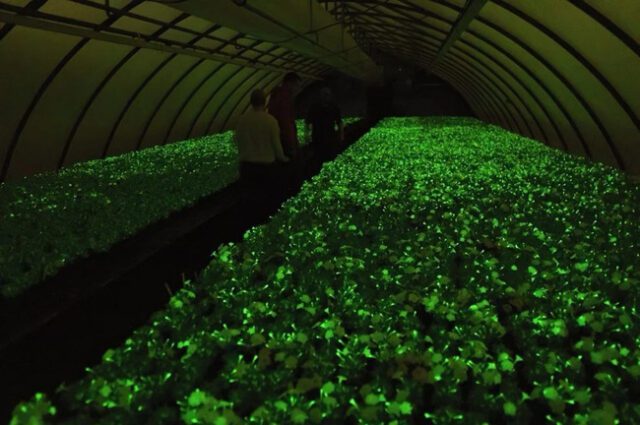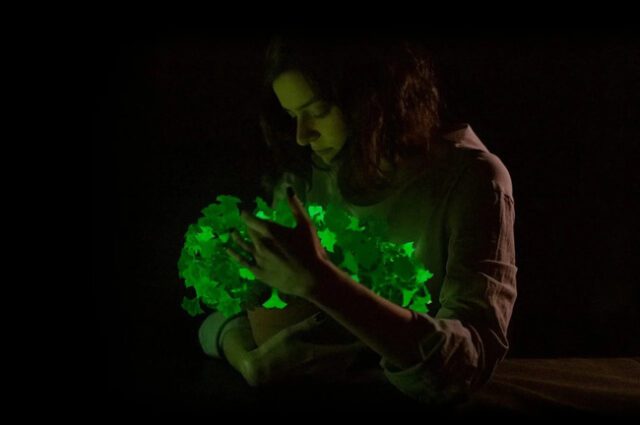
The emergence of glow-in-the-dark petunias represents a potential revolution in indoor gardening, offering enthusiasts a captivating new dimension to explore within their homes. As the trend of indoor gardening surged over the past few years, driven by a desire to combat monotony and find solace in nurturing greenery amid confinement, enthusiasts have sought ways to enhance the visual appeal of their indoor landscapes. While traditional indoor plants add vibrancy during the day, their charm often fades into darkness, prompting the need for artificial lighting solutions that incur additional costs. Enter the Firefly Petunia, a groundbreaking creation that imbues plants with the natural ability to emit an enchanting glow after sundown. This innovation not only eliminates the need for external lighting but also introduces an element of magic and wonder to indoor spaces, captivating both plant enthusiasts and casual observers alike.
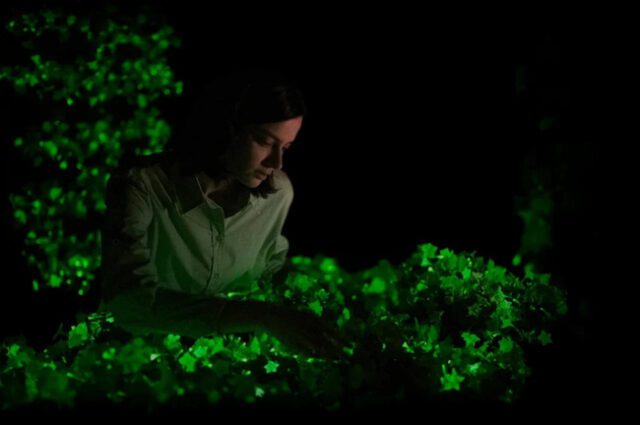
The Firefly Petunia represents a significant leap forward in bioluminescent plant breeding, combining the genetic traits of a glowing mushroom with those of a tobacco plant to achieve dazzling results. Unlike previous attempts, this innovation seamlessly integrates glowing capabilities into a popular garden flower, making it accessible and practical for indoor cultivation. Moreover, the bioluminescence serves as more than just a visual spectacle; it also offers valuable insights into the plant’s health and growth patterns. As the plant thrives under proper care and sunlight exposure, its luminosity serves as a barometer of vitality, with brighter glows indicating robust growth. This fusion of aesthetics and functionality underscores the potential for further advancements in bioluminescent plant varieties, promising a future where homes are transformed into nocturnal wonderlands adorned with a kaleidoscope of glowing flora. With ongoing research aimed at expanding the color range and species compatibility, the journey toward a fully illuminated indoor garden seems both inevitable and thrilling.
